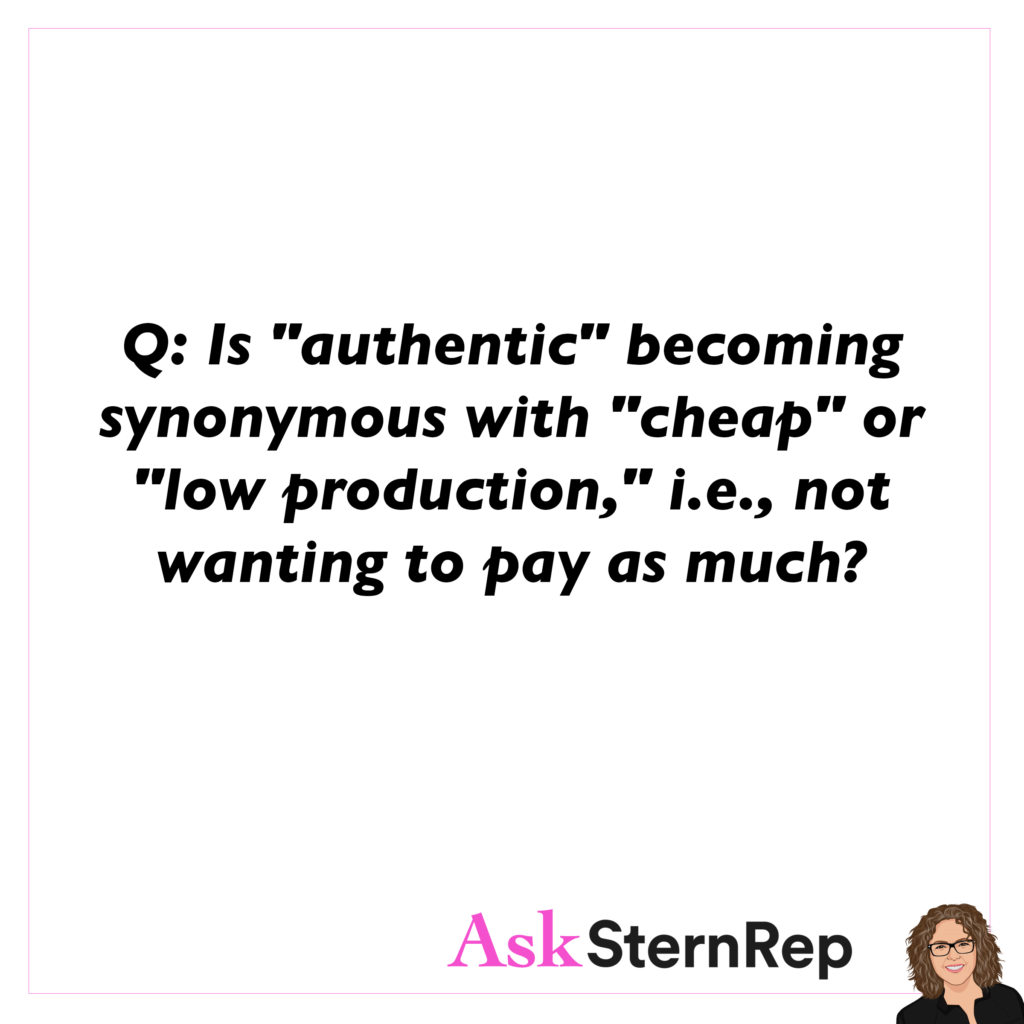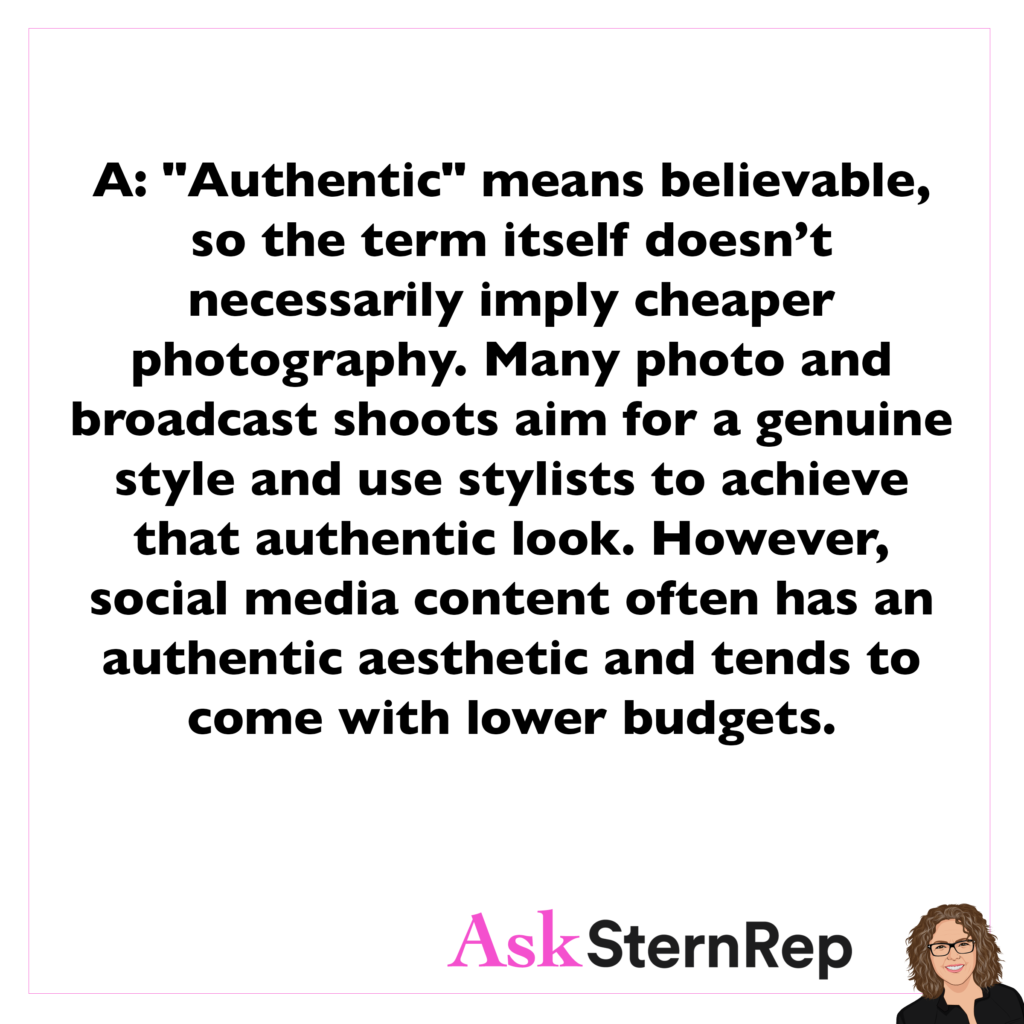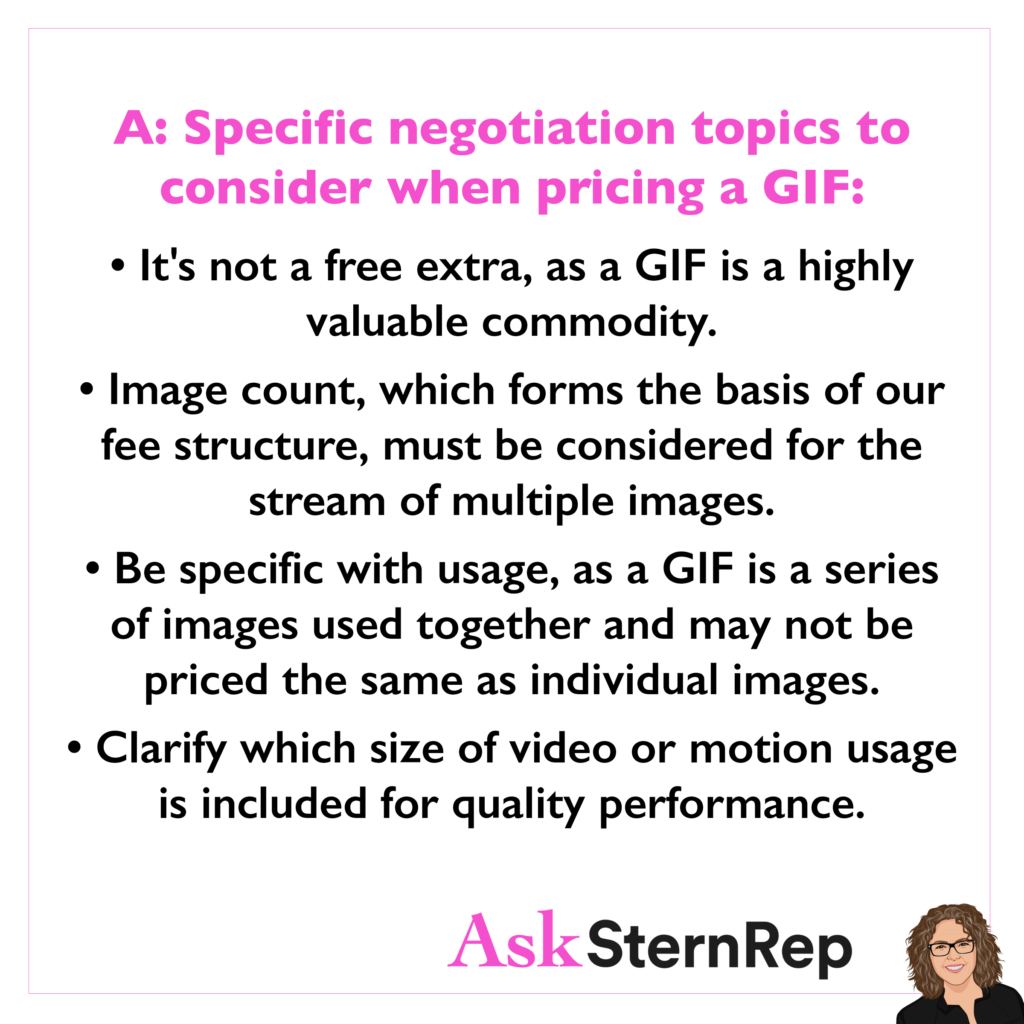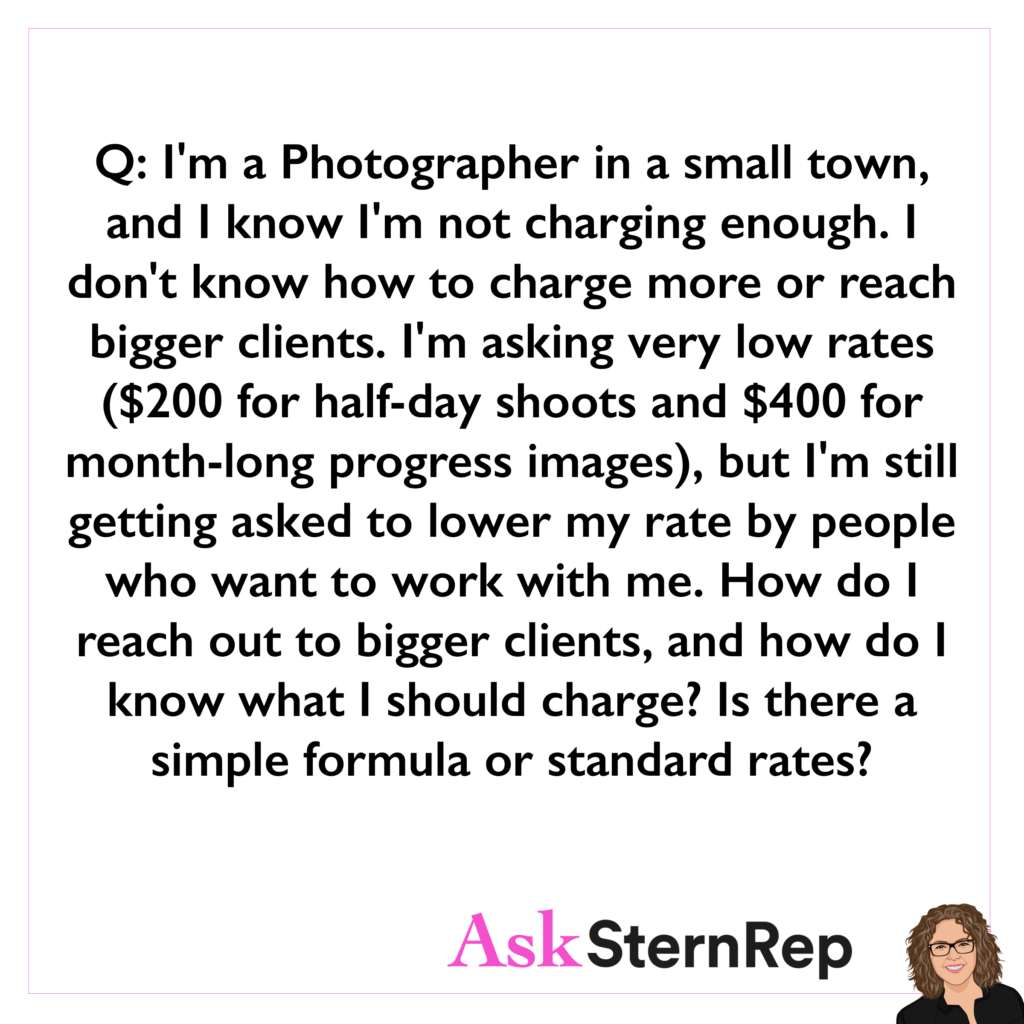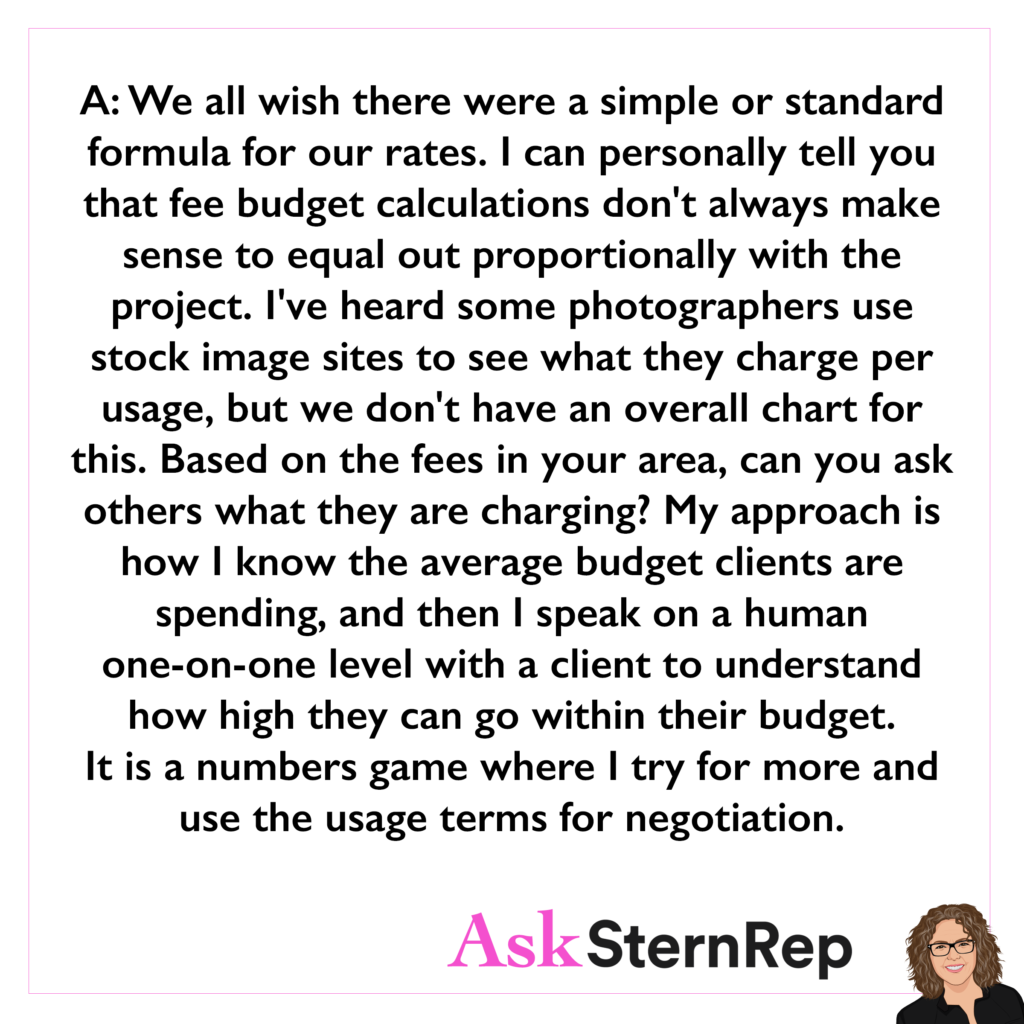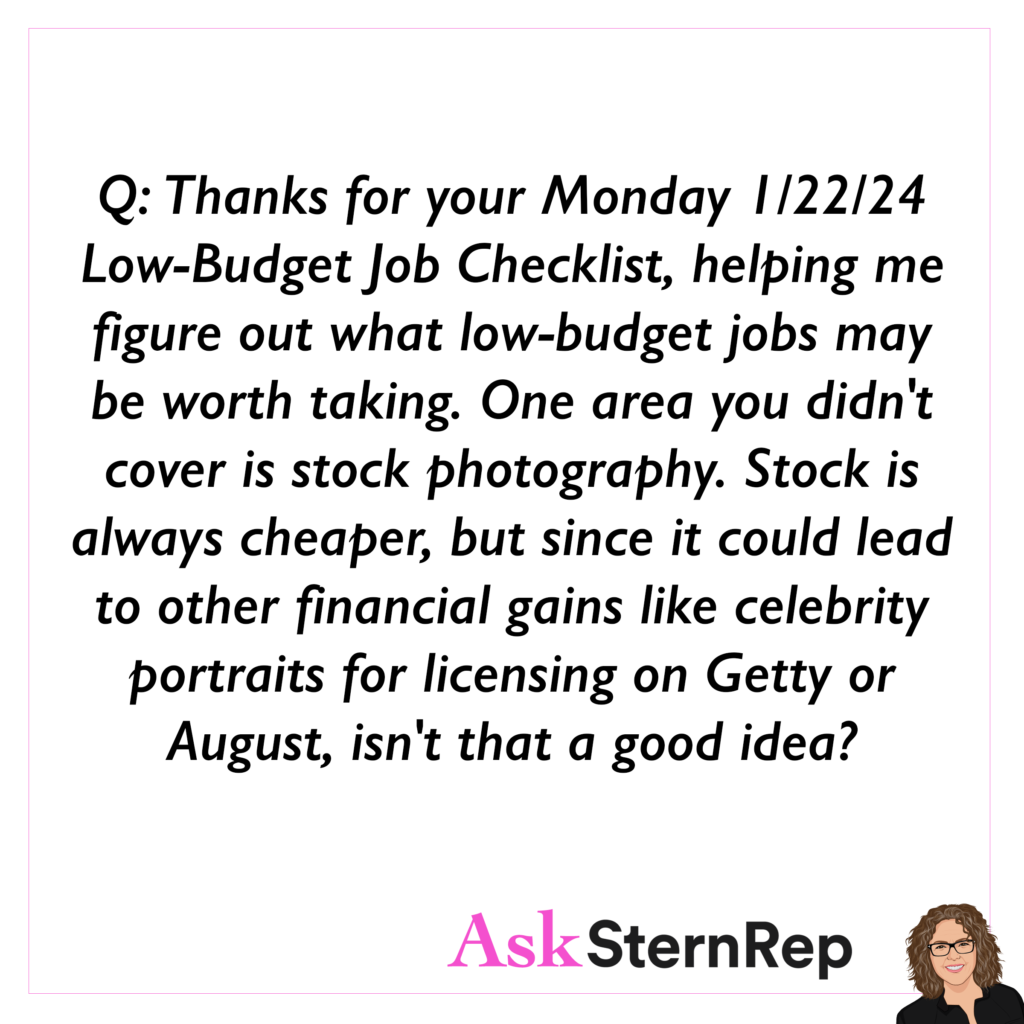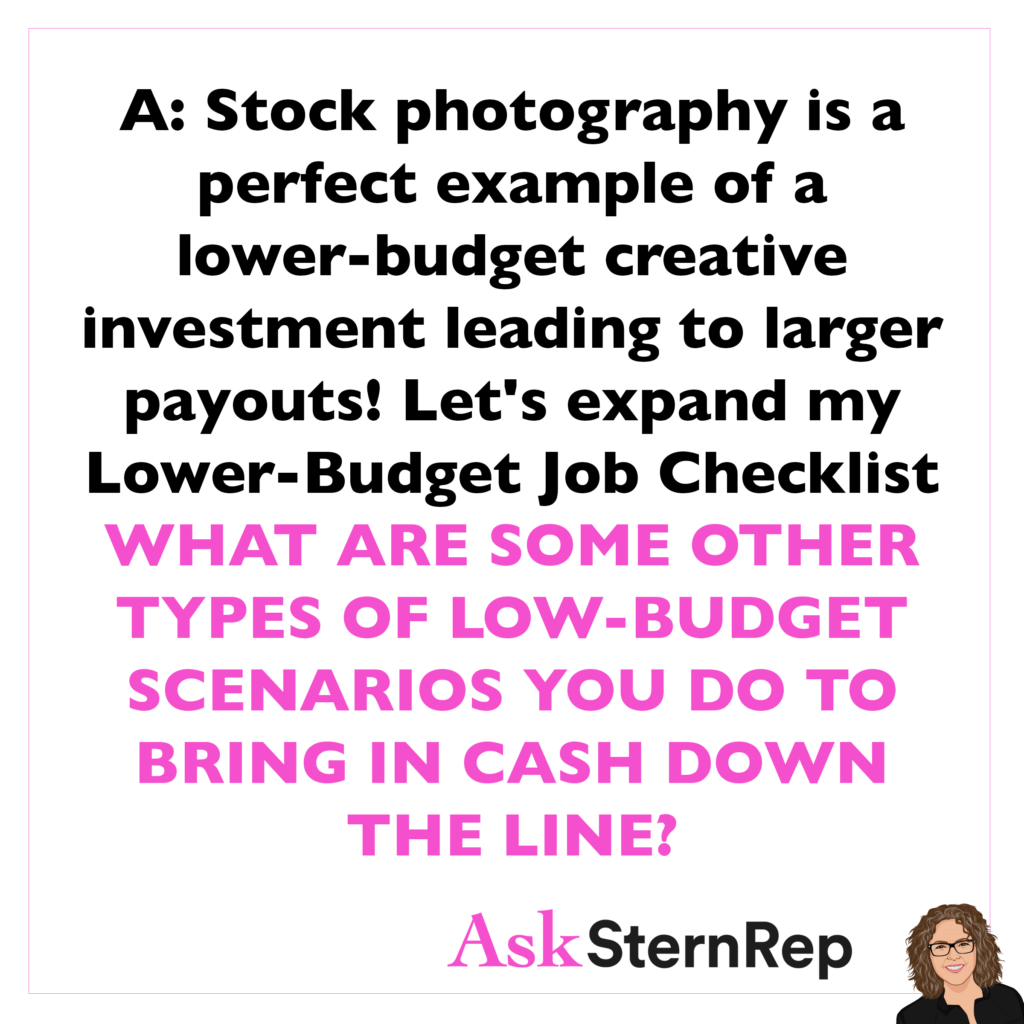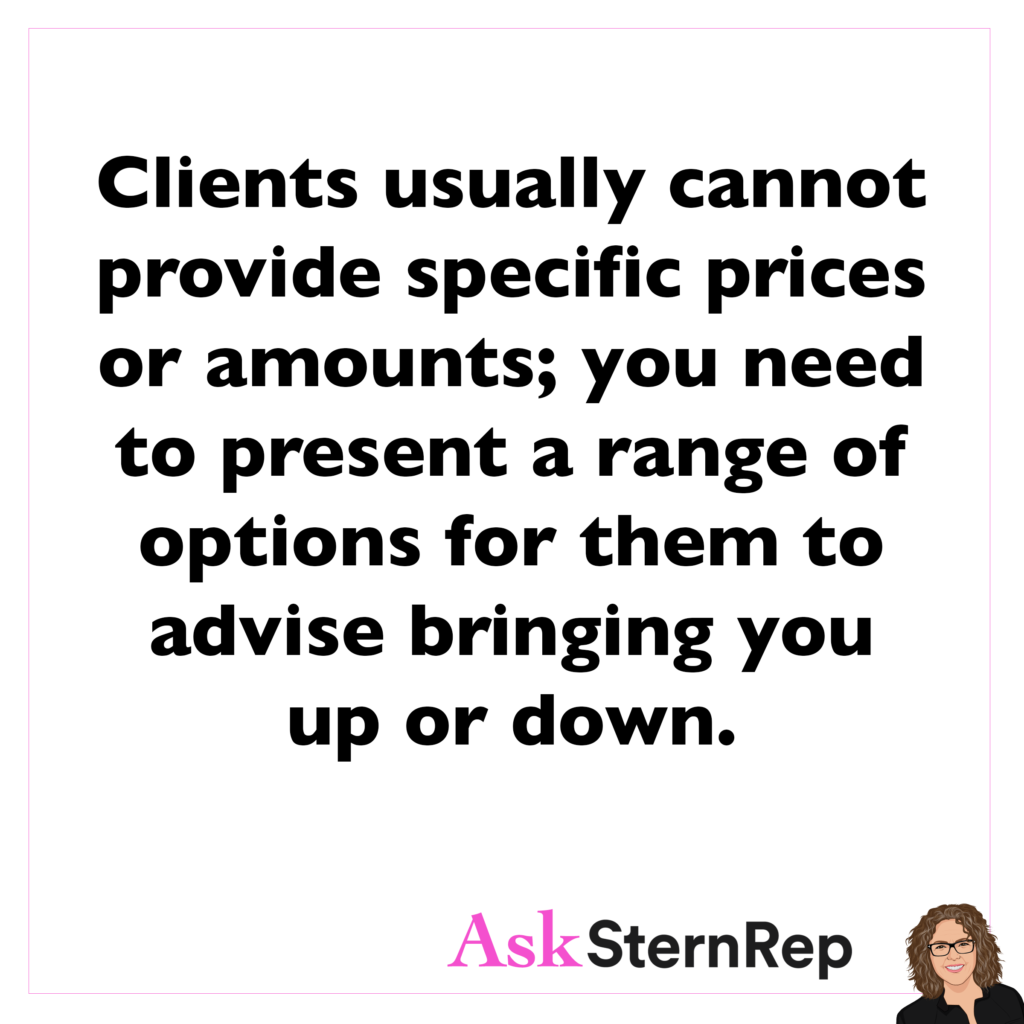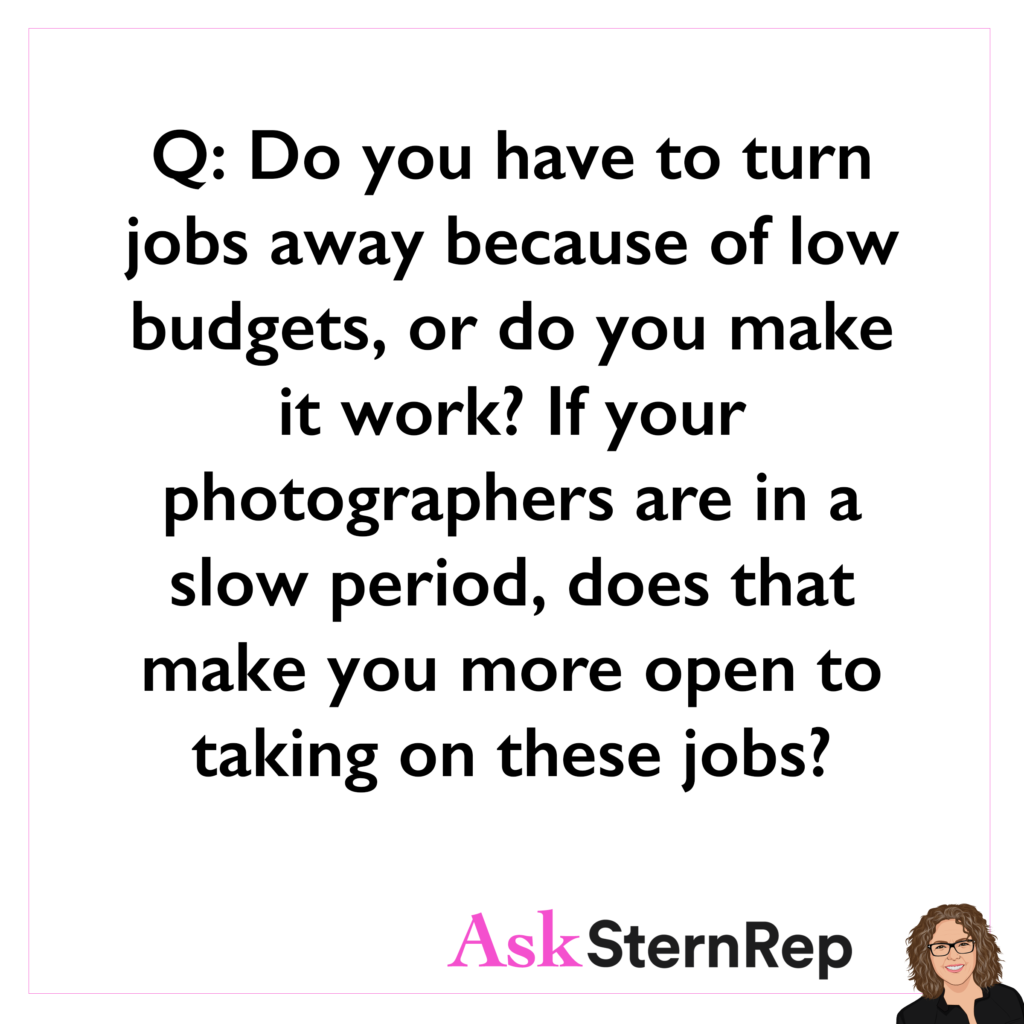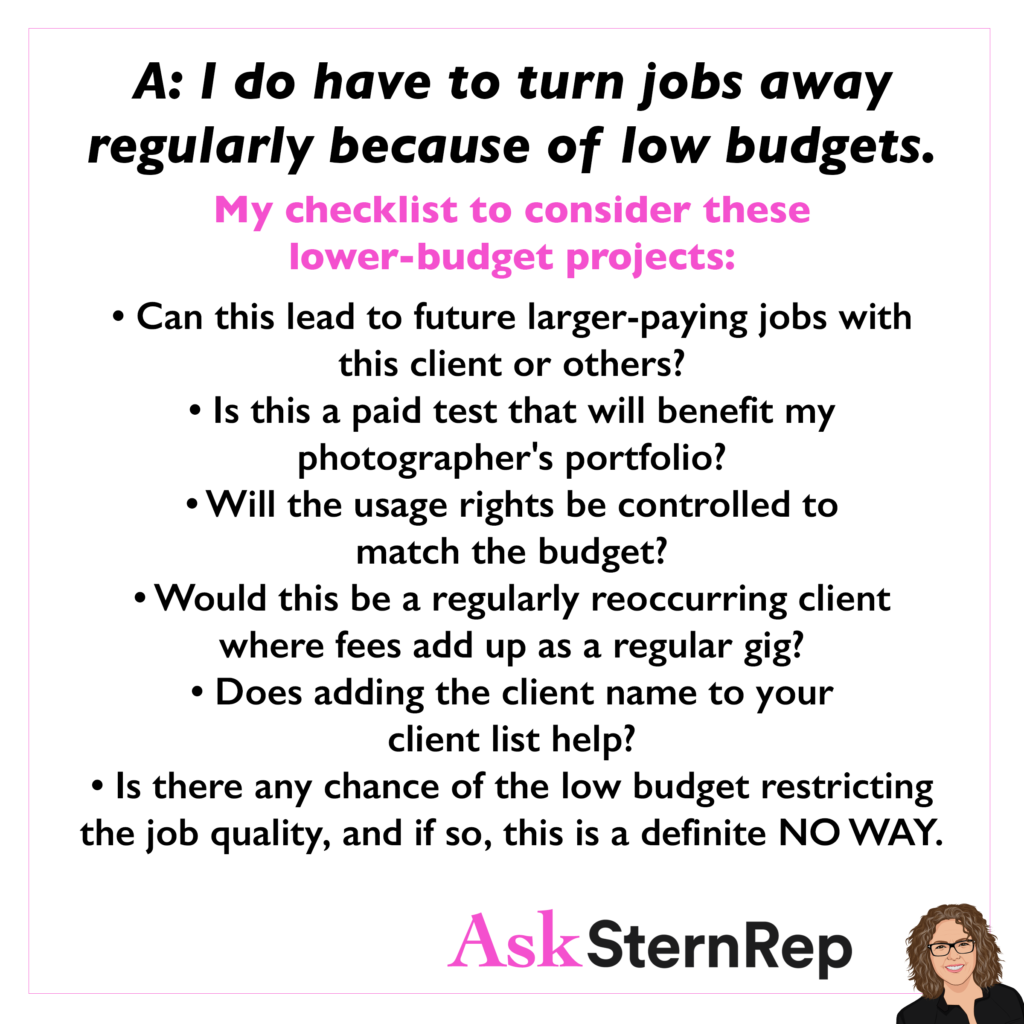
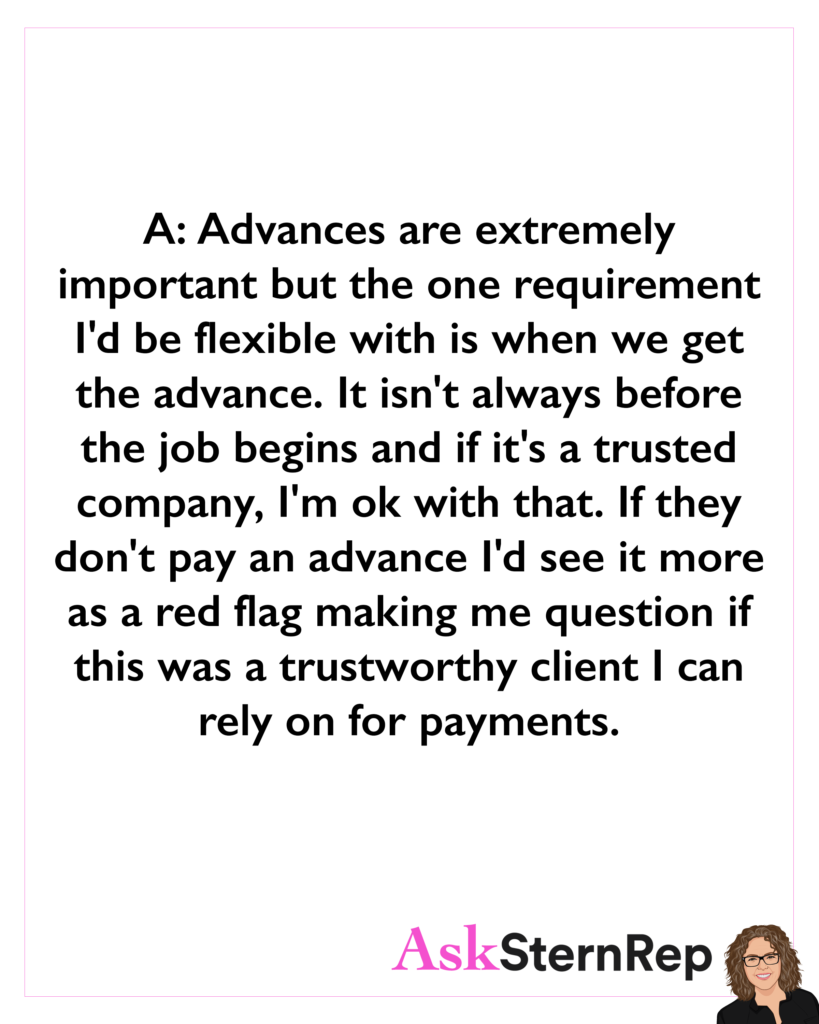
Q:
How do you navigate big corporations that are not paying advances upfront for big-budget shoots? Is it a deal breaker? Should a production company pay the upfront production expenses?
A:
Advances are extremely important but the one requirement I’d be flexible with is when we get the advance. It isn’t always before the job begins and if it’s a trusted company, I’m ok with that. If they don’t pay an advance I’d see it more as a red flag making me question if this was a trustworthy client I can rely on for payments.

